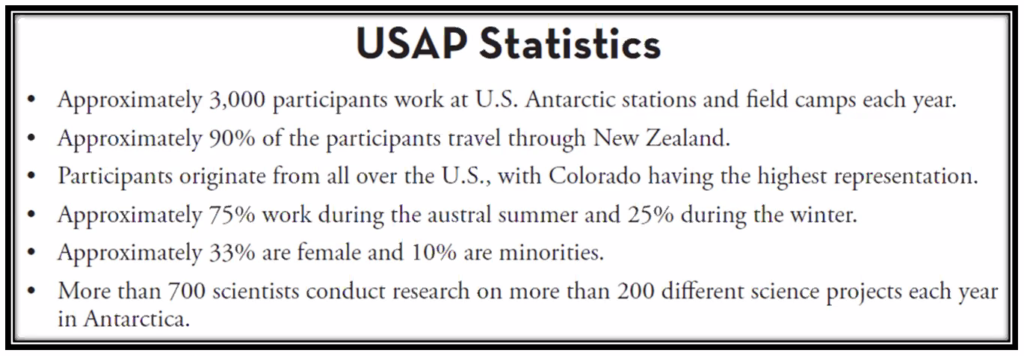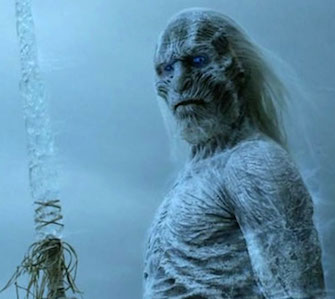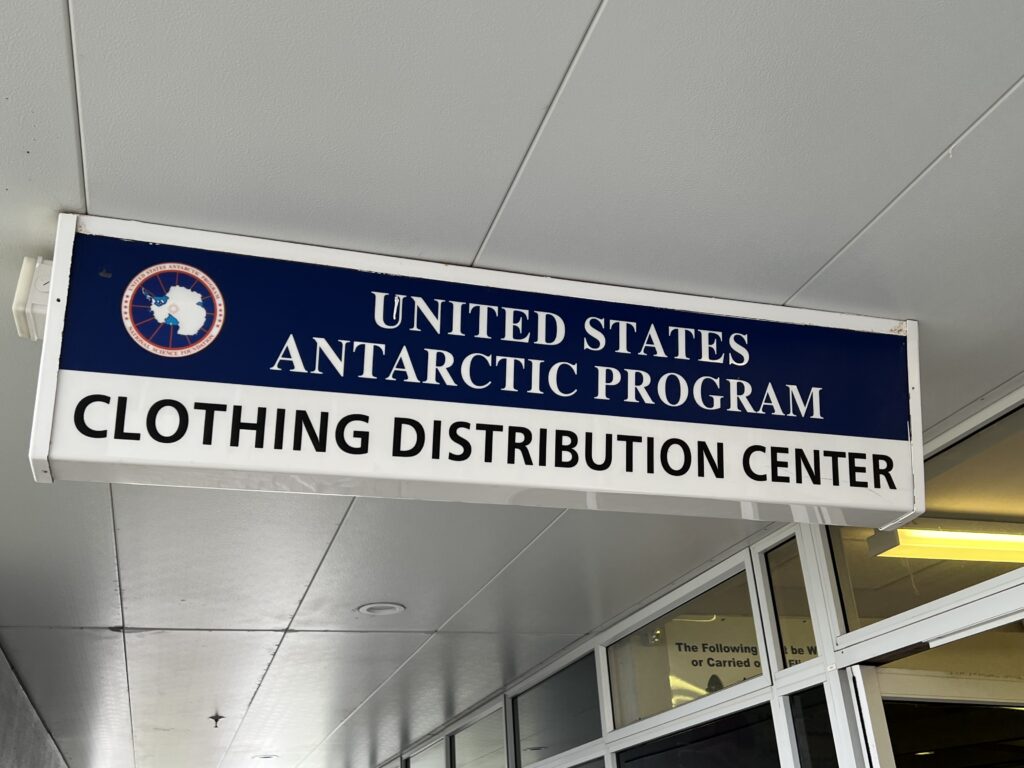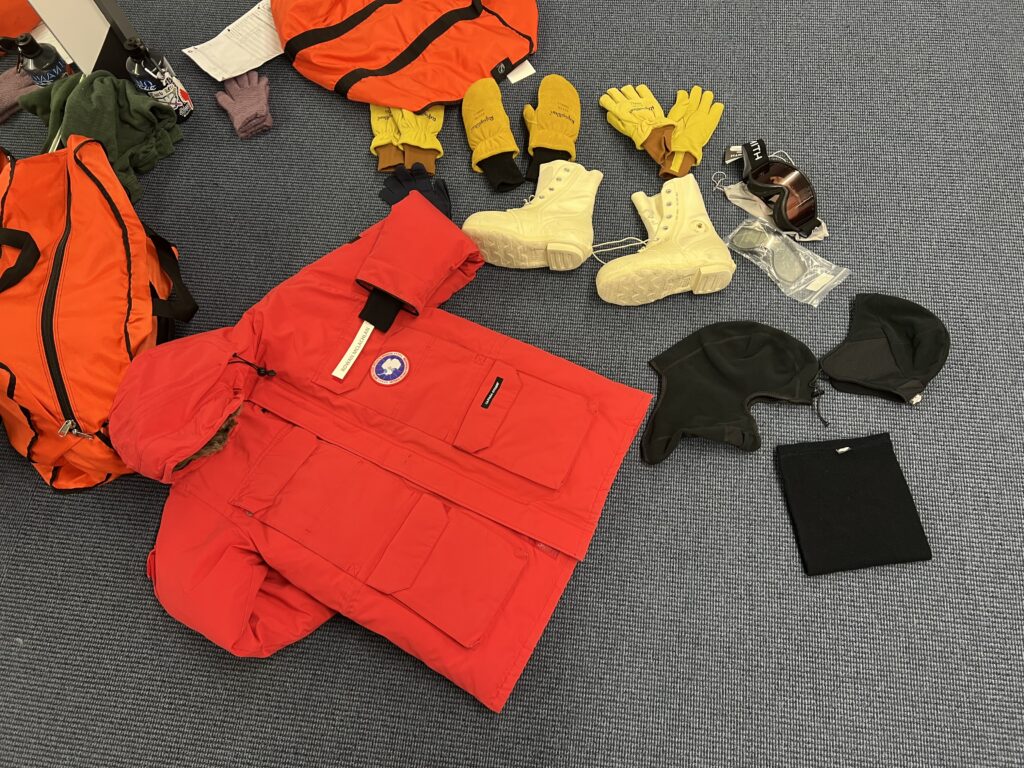During our extended layover in New Zealand, we took part in a variety of online information sessions teaching us some important facts about Antarctica as a continent and working with USAP (the United State Antarctic Program). Here are some of our favorite highlights of these sessions!
1. Antarctica is huge!

The Antarctic Ice Sheet covers 99% of the continent of Antarctica and has a total area of 5.4 million square miles (or 14 million square kilometers). It is the single largest mass of ice in the world and in some places, is up to 3 miles thick! This frozen mass contains 90% of the planet’s freshwater ice and about 70% of all the fresh water on Earth! If all the ice on Antarctica melted, it is predicted that the global sea level would rise 60-65m (or 200-210 ft)!
2. Antarctica is the Highest, Driest, Windiest, and Coldest Place on Earth

- Elevation: Although covered in ice, Antarctica actually has one of the largest mountain ranges on Earth: the Gamburtsev Mountains. This range (750 miles or 1200 kilometers in length) has peaks around 2,800 meters in elevation; equal to about 1/3 the size of Mount Everest!
- Humidity: The Dry Valleys of Antarctica are the driest place on Earth, where the humidity is so low, that snow and ice can’t accumulate here! The humidity is so similar to the conditions on Mars that NASA did testing here for the Viking missions!
- Wind: wind speeds of up to 200 miles per hour (or 320 kilometers per hour) have been recorded in some locations
- Temperature: The coldest temperature ever recorded on Earth was -89.2 degrees Celsius (or 128.56 degrees Fahrenheit).
3. No one owns Antarctica

When people first saw Antarctica in 1820, it was the only continent on Earth that was yet to be inhabited. Several nations tried to quickly lay claim to it, which unsurprisingly lead to tension! Eventually, everyone agreed that the only solution was to share this beautiful place without anyone nation owning it. In December 1959, 12 countries signed the Antarctic Treaty and agreed to work together to govern, protect and conserve this special place as a haven for peace and science. The treaty fully came into force in 1961. Sixty-odd years since it was signed, 42 other countries have also signed the treaty and participate in annual meetings where they discuss how human activity in Antarctica is managed.
4. There are >70 Research Stations in Antarctica

Thirty different countries have scientific research bases on the continent. During the summer months (Dec-March), there are ~4000 people living and working here. In winter (April-Nov) this number drops to about 1000. How much humanity remains in these 1000 people after a long, dark winter in Antarctica is another question…
5. Wonderful humans work here!

United States Antarctic Program (USAP) employs ~3000 people every year to work in Antarctica, mostly during the summer months. The people who work here are not just scientists. In fact, scientists are the minority here! Contractors are hired from all walks and backgrounds. To name a few (based on people I have met here already), there are firefighters, medics, mechanics, communication engineers, bus drivers, janitors, chefs, HR staff, search and rescue mountaineers, helicopter pilots… the list goes on! If you are interested in working in Antarctica, check out USAP’s Jobs and Employment webpage
Everyone should experience Antarctica – this place is heaven… if heaven is cold and windy, but beautiful!





